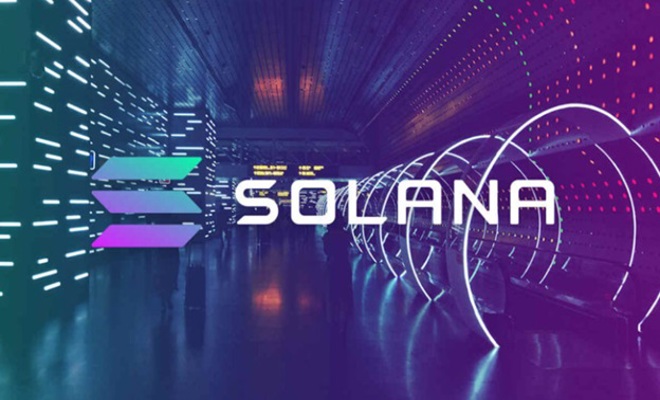
What is Solana (SOL) How It Works
Solana is a third-generation blockchain built to run decentralized applications and smart contracts at high speed and very low cost. Launched on mainnet in March 2020 and founded by Anatoly Yakovenko, the network was designed from day one to be massively scalable without sacrificing security or decentralization. That combination speed, efficiency, and affordability has made Solana one of the most talked-about platforms in crypto.
Unlike older chains that struggle as more users join, Solana uses a unique technical design that keeps transactions flowing smoothly even under heavy load. Developers can build consumer-grade apps that feel fast and responsive, while users benefit from fees that are often a fraction of a cent. This has sparked activity across DeFi, NFTs, gaming, and payments areas where high throughput really matters.
How Solana Works?
Solana combines Proof of Stake with an innovation called Proof of History (PoH). PoH is a cryptographic clock that timestamps events before they’re added to the blockchain. Because every validator can verify this shared timeline, the network can process and order transactions in parallel rather than waiting in line, which dramatically improves throughput.
This architecture lets validators work more independently while still reaching secure consensus.
that reduces bottlenecks that slow other chains. The result is a network that can process thousands of transactions per second with finality that feels close to real-time all while keeping participation open to a global set of validators and developers.
The Technology Pillars of Solana
Below are the core innovations frequently cited when people ask how Solana achieves its speed and efficiency:
- Proof of History (PoH): A verifiable timestamping system that orders events and unlocks safe parallel processing.
- Tower BFT: A consensus algorithm optimized for PoH that boosts security and energy efficiency.
- Gulf Stream: Pushes transactions to validators ahead of time so blocks are produced faster.
- Sealevel: A parallel smart-contract runtime that executes thousands of programs at once.
Solana vs. Ethereum and Bitcoin
The biggest difference is performance and cost. Bitcoin averages around 7 transactions per second and Ethereum typically handles in the tens per second, while Solana is engineered for tens of thousands.
on Solana they’re typically tiny often fractions of a cent making it practical for apps that need lots of on chain actions, like NFT marketplaces, DeFi protocols, or on chain games.
User experience also benefits. On Solana actions confirm quickly, which makes decentralized apps feel closer to traditional web apps. For builders, that opens the door to use cases that simply aren’t feasible on slower, costlier networks. The trade off conversation exists in every ecosystem, but for many real-time, high volume scenarios, Solana’s design offers a compelling advantage.
The SOL Token
SOL is the native token that powers the Solana economy. Just like ETH on Ethereum, SOL is used to pay transaction fees and interact with smart contracts. Holders can also stake SOL to help secure the network under Proof of Stake, receiving rewards for supporting validator operations.
The Solana supply is capped at a total of 489 million SOL. Market price moves with supply and demand like any other asset, and SOL has remained among the larger crypto assets by market value. In the ecosystem itself, SOL is the fuel that keeps apps running, from swapping tokens and minting NFTs to paying for in-game actions.
What Moves Solana?
SOL’s price history has been eventful since mainnet launch in 2020 rising from under one US dollar to peaks above $300 during periods of rapid ecosystem growth. more apps, more users, and more transactions generally translate into stronger demand for block space and, in turn, for SOL.
the pace of new launches in Solana DeFi and NFTs, validator participation and network activity, upgrades led by Solana Labs and the Solana Foundation, and the broader crypto market cycle. New narratives like surges in memecoins can also impact on chain volume and visibility.
What Can You Build on Solana?
Because throughput is high and fees are low, Solana has become fertile ground for builders. DeFi protocols run trading, lending, and yield strategies that rely on quick confirmations.
NFT platforms mint and trade digital art and collectibles without prohibitive costs. Game developers can put more of their logic on chain, enabling real economies inside their titles.
Payments and global transfers are another fit. With Solana, sending value across borders can feel instant and inexpensive, which is attractive for consumer apps and fintech tools. As developers continue to explore parallel execution and Solana’s runtime, the range of practical, user-friendly applications keeps expanding.
Final Thoughts
Solana set out to solve a simple but tough problem. make blockchains feel fast and affordable without giving up security. By pairing Proof of Stake with Proof of History and a suite of performance-oriented components, the network delivers speed and low fees that unlock new categories of on chain apps.